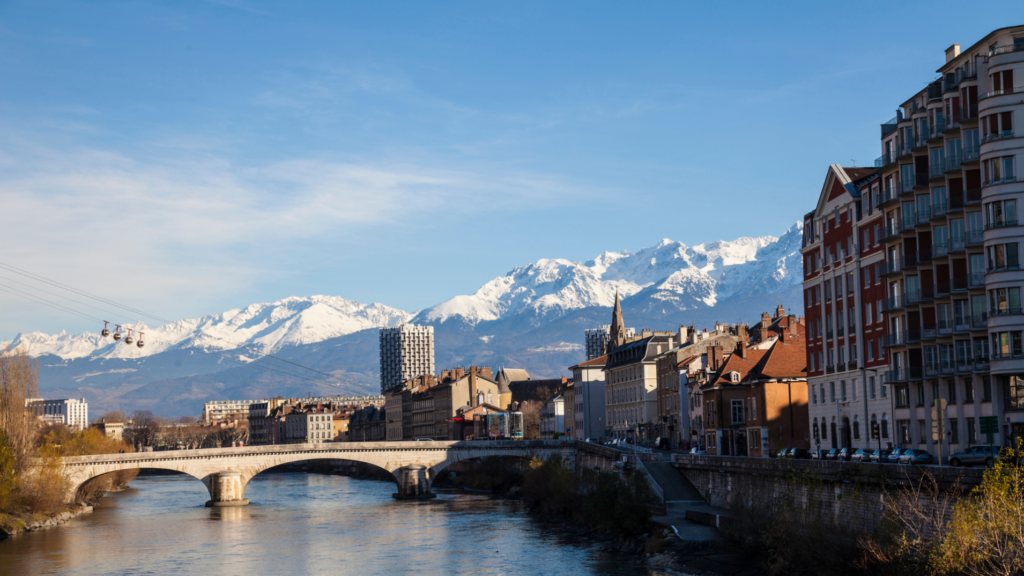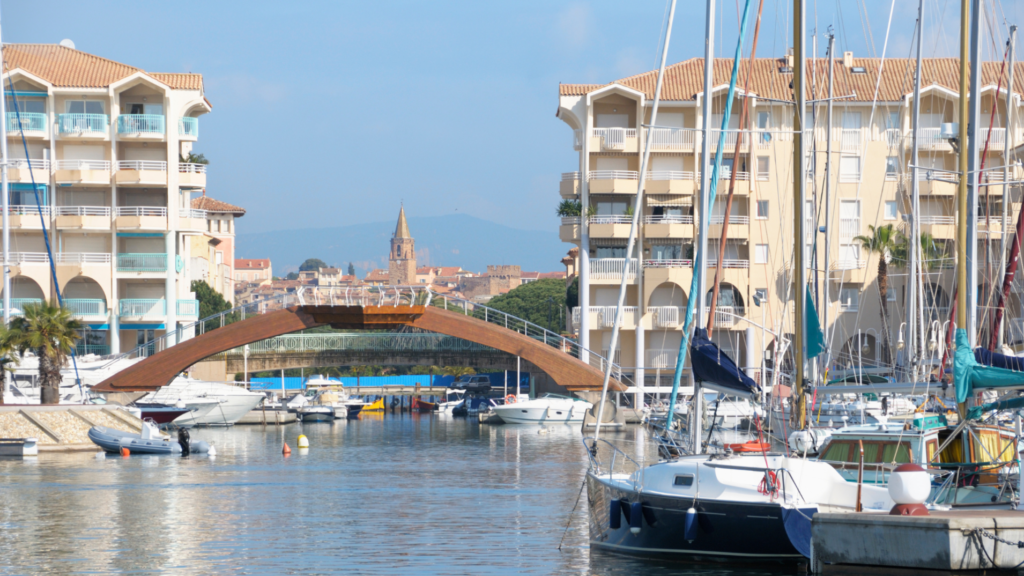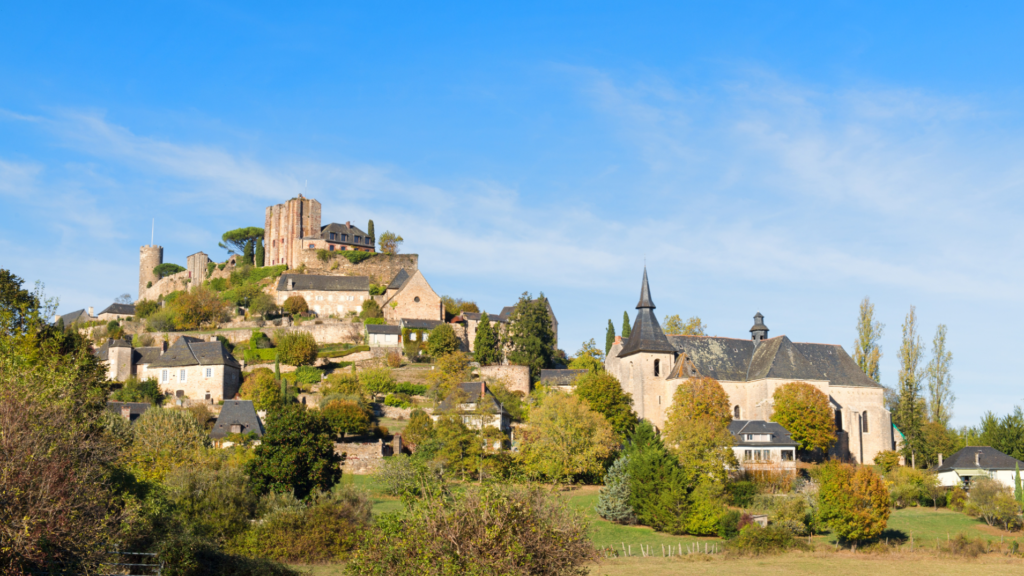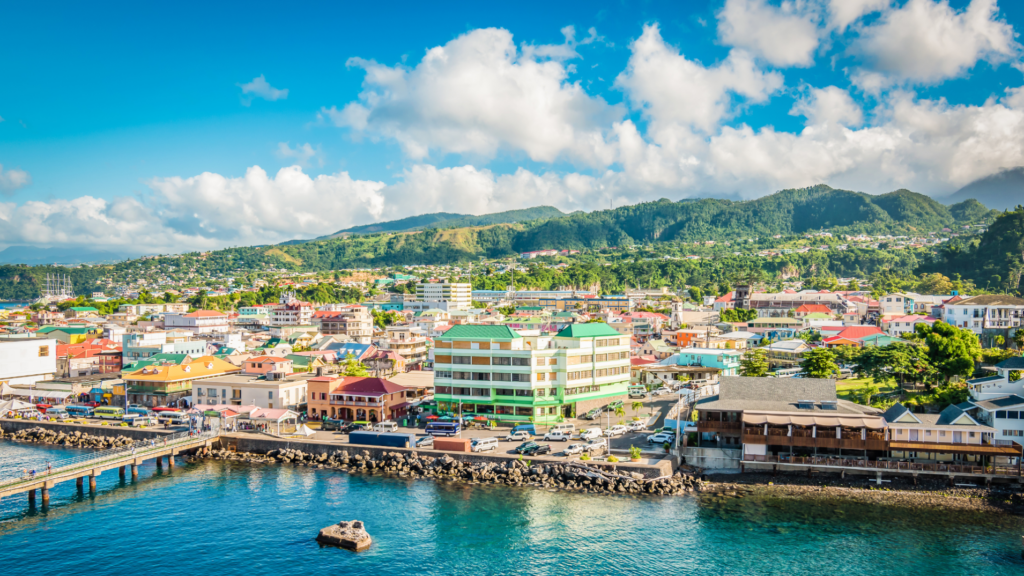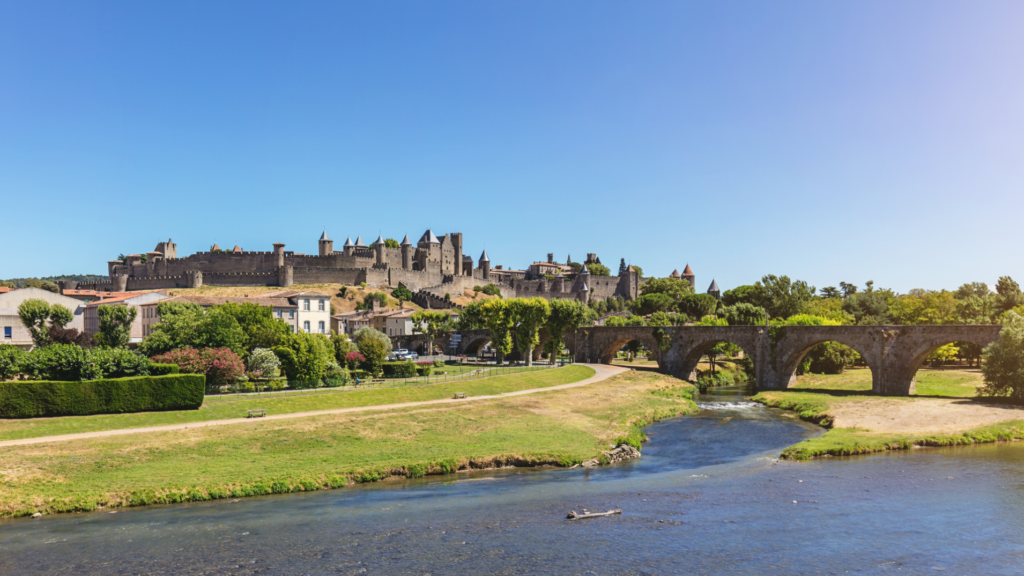Context of the study
The city of Marrakech in Morocco, emblematic for its heritage, economic dynamism and tourist appeal, is facing critical climate challenges. Rising temperatures, the increasing scarcity of water resources, the intensification of extreme weather events and the vulnerability of certain districts make it a priority area for climate action.
As part of Morocco’s national climate strategy and the Kingdom’s international commitments, the municipality has begun drawing up its Territorial Climate Plan. This climate plan is a strategic tool for structuring an ambitious local response to climate challenges, involving all stakeholders.
This project is supported by the United Nations Development Programme (UNDP) and the Global Environment Facility (GEF). It is also in partnership with local and regional authorities and technical and financial players.
Objective of the study
The main objective of this study is to provide the City of Marrakech with an operational Territorial Climate Plan that is consistent with national priorities. The Territorial Climate Plan aims to strengthen urban resilience in the face of the impacts of climate change. It also aims to reduce the city’s greenhouse gas (GHG) emissions and support its transition to a sustainable, low-carbon and inclusive development model.
It is based on an integrated approach combining mitigation, adaptation, stakeholder cooperation and the mobilisation of climate financing.
Phase 1: Climate analysis of the region
The first phase of the Territorial Climate Plan consists of establishing a complete and structured assessment of the current and future climate of the City of Marrakech. This assessment is based on three fundamental aspects: climate trends, territorial vulnerability and greenhouse gas (GHG) emissions.
Gathering data and mobilising stakeholders
An exhaustive collection of available data is carried out: existing technical studies, environmental inventories, local development plans, urban and socio-economic statistics. This collection is supported by the cooperation of municipal technical services and regional partners. At the same time, questionnaires are distributed to local stakeholders to identify available knowledge, perceptions of the climate and adaptation needs.
Drawing up the climate profile
The climatic profile of the city of Marrakech is then established. This profile combines historical climate data from local weather stations and climate projections from the latest IPCC models (AR6) based on the SSP5-8.5 scenario.
- An analysis for 2050 enables us to anticipate major climate changes:
- Average rise in temperatures,
- More heat waves,
- Reduced water availability (increased water stress),
- Increase in the frequency and intensity of extreme events, particularly floods.
Climate vulnerability assessment
A territorial vulnerability analysis is carried out to identify the neighbourhoods, economic sectors and infrastructures most at risk.
This analysis is based on a crossover approach:
- Exposure to climatic hazards (heat, drought, flooding),
- Sensitivity of systems (urban planning, health, mobility, etc.),
- Capacity of populations and institutions to adapt.
The aim is to prioritise climate risks across the region and identify priority areas for action.
Carbon footprint
An inventory of the city’s greenhouse gas emissions has been drawn up in accordance with the international GPC protocol (Global Protocol for Community-Scale Greenhouse Gas Emission Inventories). It includes :
- Direct and indirect emissions (residential, transport, waste, etc.),
- Projections of future emissions, based on anticipated urban dynamics (population growth, urbanisation, mobility).
At the end of this phase, local climate objectives are defined:
- In terms of reducing GHG emissions (mitigation),
- En termes de réduction des émissions de GES (atténuation),
These objectives are consistent with Morocco’s national guidelines and international commitments, while taking account of the region’s specific local characteristics.
Phase 2: Drawing up the climate roadmap
Following the territorial diagnosis carried out in phase 1, a strategic roadmap is being drawn up to define the major climate orientations for the City of Marrakech. This roadmap aims to structure a coherent, ambitious and operational response to the challenges identified, by planning the actions to be taken in the short, medium and long term.
Climate Plan
The climate plan is based on three major pillars:
- Reduction: reduce greenhouse gas (GHG) emissions in the city’s main emitting sectors (buildings, transport, energy, waste, etc.);
- Adaptation: preventing the impacts of climate change and strengthening the resilience of populations, infrastructures and ecosystems;
- Cross-cutting measures: improving climate governance, strengthening local capacities, integrating gender equality and mobilising funding.
Each action identified in the climate plan is assessed according to several criteria: its technical and institutional feasibility, its potential impact on climate objectives, its cost, its level of strategic priority and its implementation schedule. The aim is to build a balanced climate plan, combining structuring measures with quick-impact actions.
The approach adopted to draw up this roadmap is participatory and inclusive. Consultation workshops have been organised with local stakeholders (elected representatives, municipal services, civil society, the private sector, academic institutions) to validate the proposed guidelines, enrich the planned measures and encourage their adoption.
Governance of the Territorial Climate Plan
The governance of the Territorial Climate Plan is formalised in this phase. It includes a clear definition of the roles and responsibilities of the players involved, steering mechanisms coordinated by the municipality, and regular monitoring procedures. This governance aims to guarantee the coherence, effectiveness and sustainability of the actions implemented.
Finally, a monitoring, reporting and verification (MRV) system has been put in place. The aim of this system is to measure the results obtained, assess the effectiveness of the actions taken, adjust the interventions in line with changes in the context and ensure transparency vis-à-vis the public and partners. A climate dashboard has been developed to centralise key indicators, facilitate the management of the plan and guide decision-making.
This phase thus forms the strategic basis of Marrakech’s Territorial Climate Plan, by transforming the findings of the diagnosis into an operational action plan, aligned with national climate priorities and local dynamics.
Phase 3: Development of priority climate projects
The third phase of the Territorial Climate Plan aims to translate strategic orientations into concrete actions, through the development and implementation of high-impact structuring projects. It marks the transition from planning to action, by targeting priority interventions capable of rapidly initiating the city’s climate transition.
Identification and selection of projects
A rigorous selection of projects is carried out on the basis of several criteria:
- Territorial relevance, in relation to the climate issues identified locally;
- Strategic alignment with the priorities of the climate plan and Morocco’s national and international commitments;
- Technical and financial feasibility in the short to medium term ;
- Potential for replication, to encourage spreading to other areas or neighbourhoods.
Following this analysis, six priority projects have been selected. They cover key areas of action for Marrakech’s ecological transition:
- Sustainable water management (reuse of wastewater, recovery of rainwater, combating network losses);
- Sustainable mobility (promotion of public transport, facilities for soft modes) ;
- Energy renovation of public and residential buildings, with a focus on thermal efficiency and reducing energy consumption;
- Urban greening to combat heat islands and improve urban comfort;
- Integrated waste management, including sorting, recovery and reduction at source;
- Deployment of renewable energies on a local scale (solar, micro-grids, self-consumption).
Formalising projects
For each of these projects, a concept note is drawn up in accordance with the standards recognised by international donors (UNDP, Green Climate Fund, GEF, etc.). Each note includes :
- A presentation of the territorial and climatic context of the project,
- The objectives and expected results,
- Clear definition of monitoring indicators (technical, environmental, social),
- An estimate of the projected budget,
- A strategy for raising finance, including potential sources and methods of access.
These notes serve as a basis for mobilising international funding and seeking technical and financial partnerships, in particular with the Global Environment Facility (GEF), the Green Climate Fund (GCF), bilateral donors and cooperation agencies.
Towards a concrete urban transformation
Implementing these projects will make it possible to rapidly initiate visible urban transformation actions that are consistent with the city’s climate ambitions. They are key levers for strengthening the area’s resilience, improving the quality of life of local residents and demonstrating the effectiveness of proactive local climate governance.
Expected results and applications
The design and implementation of the City of Marrakech’s Territorial Climate Plan marks a structuring stage in the municipality’s commitment to tackle the climate emergency. This process is a key lever for putting the region on a low-carbon transition path, while meeting the social, economic and environmental needs of the local population.
At the end of this process, the City of Marrakech will have a number of strategic and operational deliverables:
- An updated assessment of climate and vulnerability, based on the most recent scientific data and local realities;
- A greenhouse gas (GHG) emissions inventory that complies with international standards, in particular the GPC protocol, guaranteeing the transparency and comparability of data;
- A strategic roadmap to 2050, based on clearly defined mitigation and adaptation priorities and cross-cutting measures;
- A portfolio of bankable priority projects, aligned with national and international climate commitments, and meeting the funding criteria of the main donors;
- A robust and sustainable governance and monitoring and evaluation system, based on performance indicators, participative management and a dynamic climate scorecard.
Conclusion
As climate change intensifies, cities are emerging as key players in the ecological transition. The City of Marrakech, through the implementation of its Territorial Climate Plan, is fully committed to this dynamic of transformation.
This climate plan embodies an exemplary, structured and ambitious approach, laying the foundations for a resilient, low-carbon and inclusive urban transition. It provides a concrete response to the major challenges of the 21st century: adapting to climate hazards, reducing emissions, mobilising stakeholders, access to financing and sustainable governance.
Over and above its technical and environmental objectives, Marrakech’s Territorial Climate Plan demonstrates the ability of local authorities to anticipate, plan and act over the long term, reconciling economic development, social cohesion and climate imperatives.
Marrakech is thus affirming its determination to become an exemplary territory at national and regional level, capable of inspiring other cities in the construction of a more sustainable and resilient future.
This case study is part of our climate change data service.


